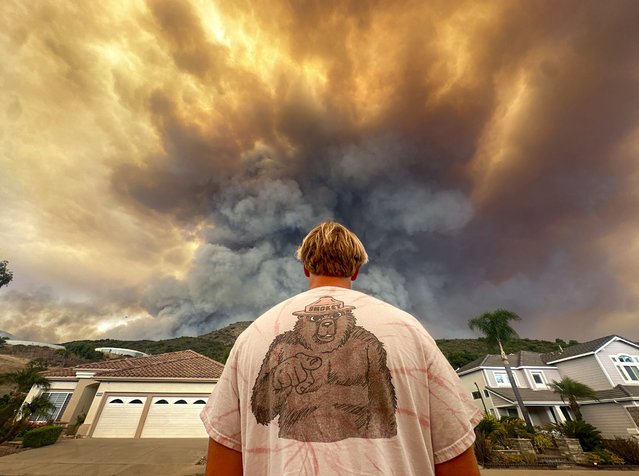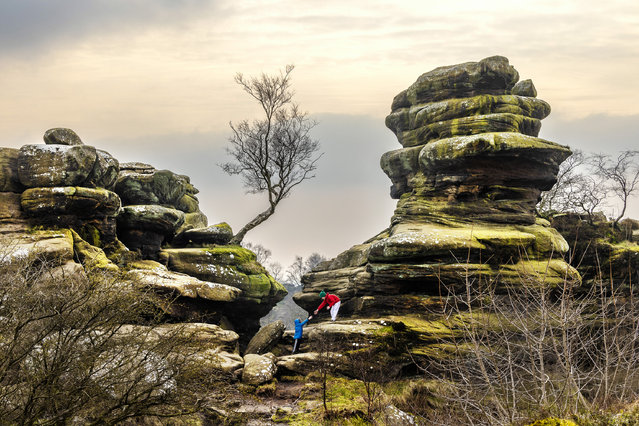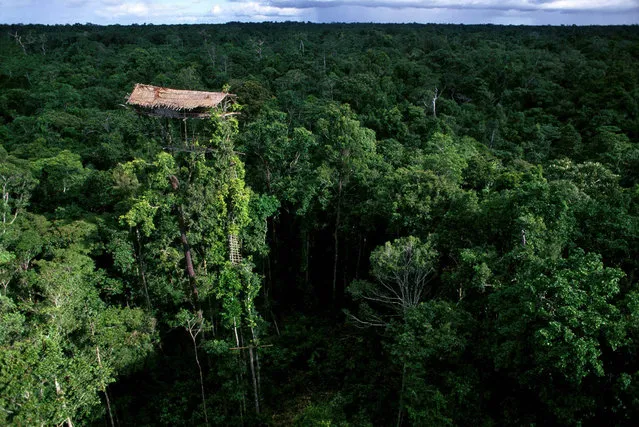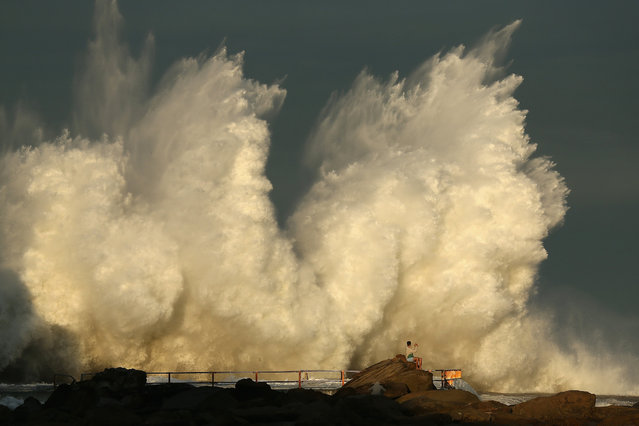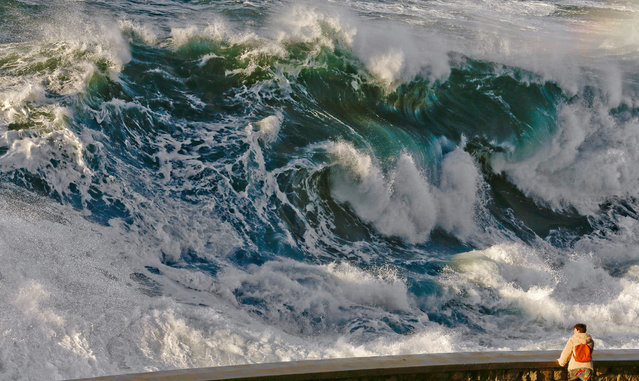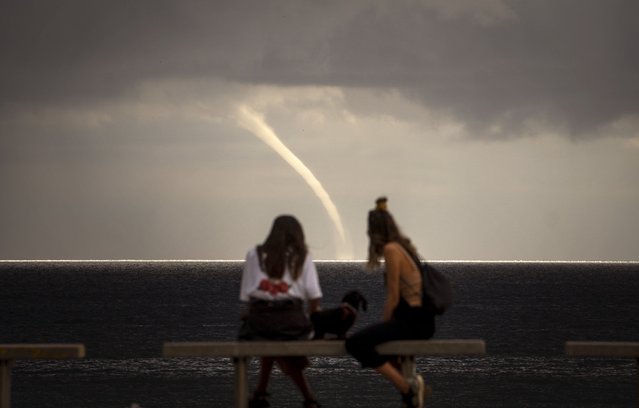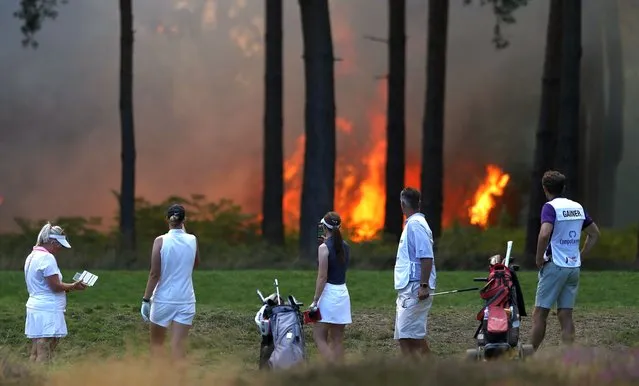
Players, Sophie Powell, Cara Gainer and Gabriella Cowley and their caddies look on as a fire nears the 10th hole during day three of The Rose Ladies Series on The West Course in the first ever ladies professional event at Wentworth Golf Club on August 07, 2020 in Virginia Water, England. (Photo by Naomi Baker/Getty Images)
04 Sep 2020 00:03:00,post received
0 comments

